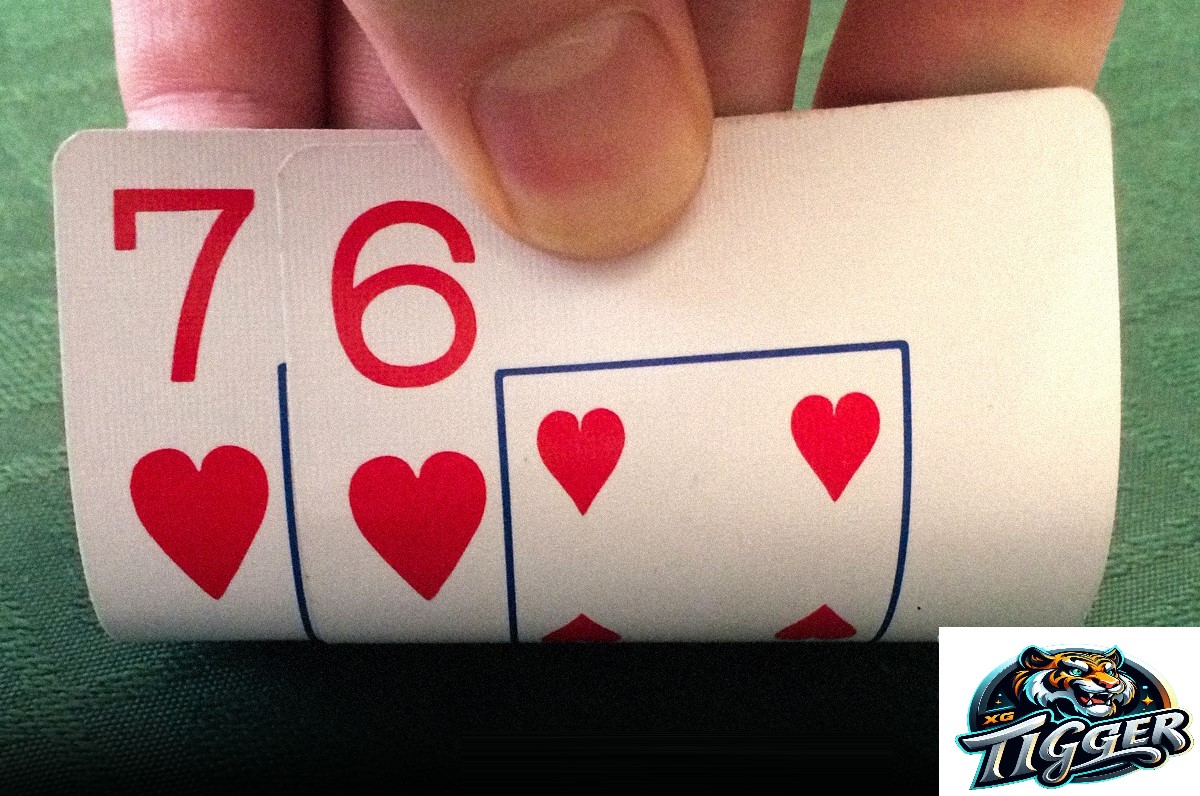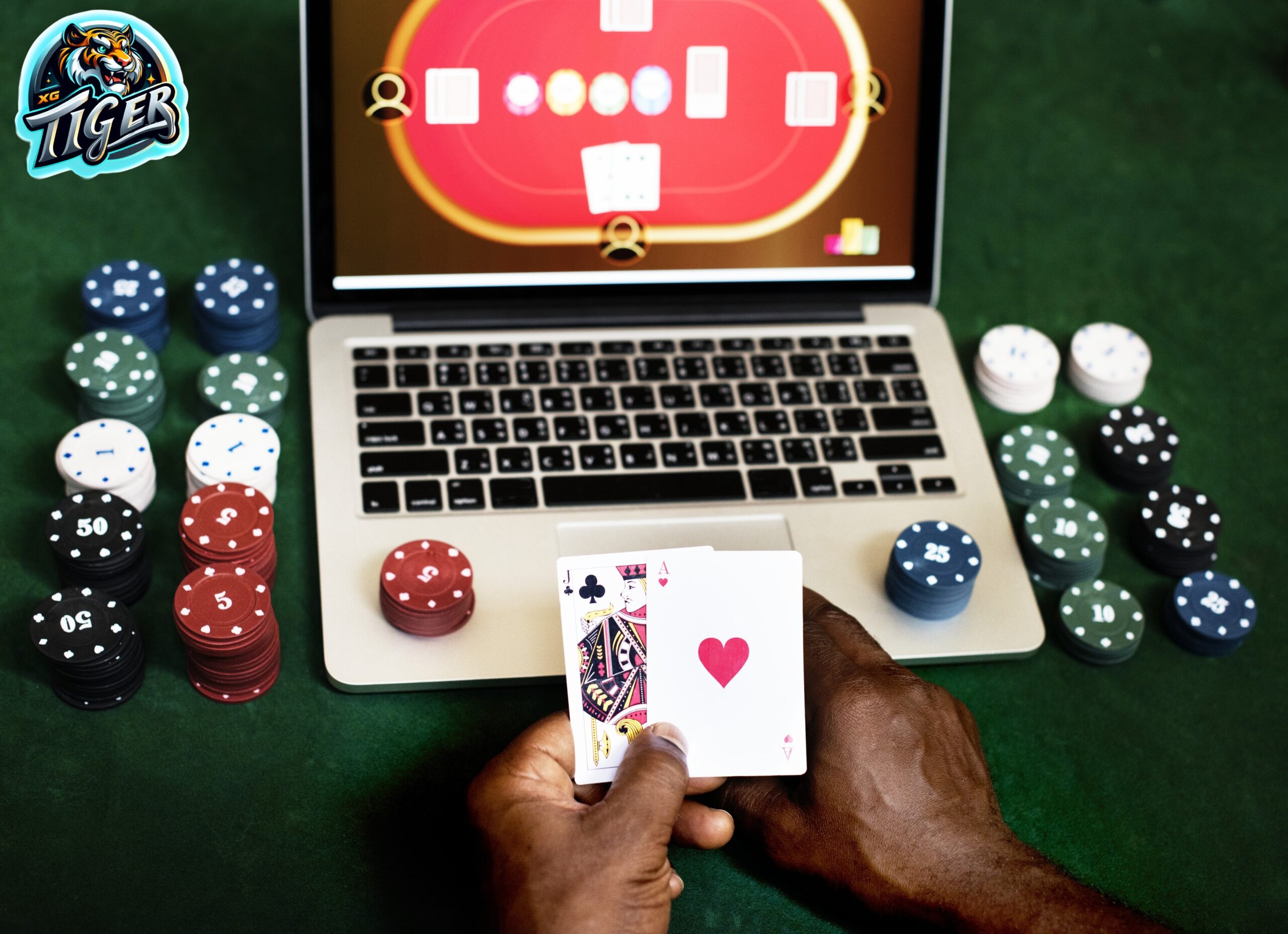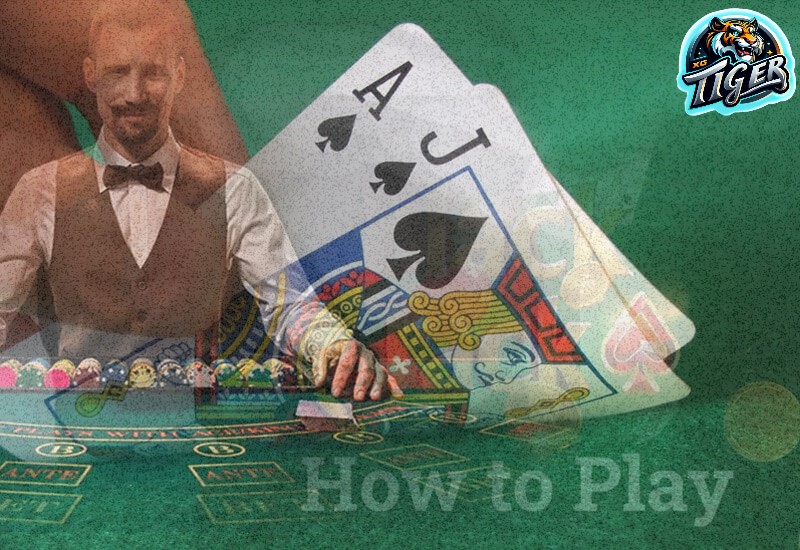Table of Contents

Fitting connectors are an Xgtiger Casino fan favorite, especially the Seven-Six fitting.
The Seven-Six fitting is a versatile tool with amazing playability. It has good equity against almost all sets of hands, and is one of the very few starting hands with more than a 20% chance of cracking Pocket Aces (22.29% to be exact).
This article covers:
- How to Play Seven-Six Suited Preflop
- 3 Tips for Playing Seven-Six That Matters When You Miss the Flop
- 3 Tips for Playing Seven-Six Suited When You Hit the Flop
Let’s get started.
How to Play Seven-Six Suited Preflop
Position is one of the main factors you should consider when deciding whether or not to play Seven-Six suited pre-flop. I’ll be referring to table positions a lot throughout this section, so here’s a handy graphic to make sure everyone reading is on the same page:
Unopened Jars
The Seven-Six suit is strong enough to open-raise from any position in a 6-max game. In a 9-handed game, the Seven-Six suit is a mixed frequency open-raise from the 3 earliest positions, meaning it can go either way. You can’t go wrong folding it, and you can’t go wrong raising it either.
Against an Increase
Against open raises, you have to be attentive to which position your opponent is raising and which position you are currently in.
When you play from Middle Position to the Button: If you are facing a raise and holding a Seven-Six suit, it should almost fold. 3-betting isn’t a huge mistake, but you definitely shouldn’t be doing it every time. The exception is when you are the Button vs. a Cutoff raise, where you must call or 3-bet.
When you’re playing from the Small Blind: Always fold the Seven-Six suited against the raise. If you’re up against a Button raiser, in particular, you can sprinkle in a few 3-bets at low frequency if you like. But most players reading this will be better off in the long run by always folding.
When you’re playing from the Big Blind: Always go with Seven-Six suited because you close the action and get good pot odds. That said, the way you should proceed — either by calling or 3-betting — again depends on the position of the preflop raiser:
- Versus Lojack or earlier: You should often call with Seven-Six suited from the Big Blind. If you want to play like a pro, mix in a 3-bet 25% of the time.
- vs. Hijack and Cutoff: Mix evenly between calling and 3-betting.
- Versus the Button: Always 3-bet with Seven-Six suited. This is a fantastic hand to balance out the good hands in your 3-bet range as it has great post-flop playability (in case you get called).
That’s the best way to play Seven-Six suited from the Big Blind.
Against a 3-Bet
(Note that this advice applies to high rake games, such as $2/$5 and less in life and 200NL and less online. You can play more loosely in Seven-Six suited games with a lower or timed rake.)
When out of position against a 3-bettor, solver solutions show that you should sometimes call and sometimes fold with Seven-Six suited. Mixing between calling and folding equally is a good strategy in these situations, unless you’re the Small Blind against the Big Blind (in which case you should call more often).
When you are in position against a 3-bettor, you should always call when you are playing from the Button or Cutoff. If you’re in Hijack or earlier, on the other hand, you should only call a few times and if your opponent is a decent player who probably has a well-developed 3-betting range.
Against a nitty player’s 3-bet? Just fold and let them win a small pot with their Pocket Kings.
Against a 4-Bet
If you have a 3-bet with a Seven-Six suited and are faced with a 4-bet, you should always call unless the size of the 4-bet is huge. This hand maintains a good amount of equity against 4-bet ranges, doesn’t suffer from reverse implied odds, and has great playability because it flops easily.
3 Tips for Playing When You Miss the Flop (As a Preflop Raiser)
Tips 1 and 2 assume you raised preflop and only one player called. Tip 3 is useful advice for playing Seven-Six suited after 3-betting here.
Tip #1 – Always bet when you have a draw
Keep it simple! If you have a gutshot, an open-ended straight draw, or a flush draw, you should bet on it.
It’s best to keep your opponent in a tough spot by continuing your pre-flop aggression. Including these draws in your betting range also balances your value hands, making you a tougher opponent. Plus, you always have an escape hatch (your outside) in case you get called.
Tip #2 – Always bet when you have a backdoor draw
Draws are great, but what happens when they are completed on the turn? What will you bluff on the streets in the future if all your hands hit something?
For example, suppose you raise preflop and the flop comes. You c-bet, your opponent calls, and the turn is the. All draws from the flop now hit either a flush (spades), a straight (A3), or a pair (A4). If the only hands you bluffed on the flop were draws, you will now have a hard time bluffing with the appropriate number of hands on the turn.
This is where backdoor draws come in to help you make money. They help balance the range and keep even the strongest opponent confused because they can’t tell what you have: a strong hand or a weak hand.
Consider that again, but this time you have a certain hand: . This is a good place to c-bet a bluff on your backdoor straight draw. You still have an escape hatch if you get called: any 9, 8, 4, or 3 will give you a straight draw, and you can also hit the middle pair so well that it could win the showdown.
Tip #3 – In 3-bet pots, you should c-bet double Broadway flops even if you’re all-in
When I say double Broadway flops, I’m talking about boards that have two cards from Ace to Ten. and there are several examples.
The 3-bettor has a big advantage on double Broadway flops because it is more likely to have an Ace-King or a big pocket pair (some of which are now sets). The caller will rarely have these hands because he will 4-bet them before the flop.
You will have so many strong value hands on these boards that even a hand like on is a must-bluff. Losing the c-bet bluff in this situation is a major mistake. You’ll have to deal with the biggest of the calling stations to justify not bluffing.
3 Tips For Playing When You Hit The Flop (as Preflop Raiser)
All of these tips assume you raised preflop and got exactly one caller.
Tip #1 – In single-raised pots, check again when you flop middle or third pair
On most boards, your middle or third pair will be a medium strength hand best played passively. You are looking for a showdown for cheap or improve trips/two pairs and get some value.
Betting has merit, especially on some disconnected flops (like K-7-5) because you will build a lot of fold equity even with a small bet. Plus, you get some value from hands like 5x and Ace-high.
Tip #2 – Never play a pair or two slowly
This is especially true when you are in a position. (You can check-raise out of position, so checking the flop makes more sense in that case.)
Betting will allow you to start building the pot and will have an exponential effect on the final pot size. In general, you should lean towards building the pot as soon as possible with very strong hands to maximize your expected value (EV).
Tip #3 – Play passively in top pair when out of position
Low boards, like o, are favorable for the preflop caller, so you should play defensively throughout your range.
Combining these weak top pairs with a Seven-Six suit (which also has a straight draw in the example flops above) is a great way to strengthen your entire checking range. It will also make your life easier — playing a bloated pot out of position with a low top pair is usually not much fun.
Final Thoughts
If you start playing Seven-Six online poker properly in the ways suggested above, I guarantee you will make more profitable decisions on average.
That’s it for this article, guys! As always, if you have any questions or feedback, please let me know in the comment section below.
Want to learn mistakes to avoid with fitting connectors in general? Check out 5 Strategic Mistakes to Avoid with Affiliate Connectors.
Until next time, good luck, grinders!
Conclusion
Are you an avid gaming fan and want to know how to bet on online casino games? At Xgtiger, you’ll get the latest information on this year’s best casino games and a variety of gaming options, all in one place.
To start your online gambling journey, all you need to do is create an account on the site, deposit funds and you’ll be ready to bet on the best and most anticipated casino games.
Frequently asked questions
Seven-Six suited is strong enough to open-raise from any position in a 6-max game. In a 9-handed game, Seven-Six suited is a mixed frequency open-raise from the 3 earliest positions, meaning it can really go either way. You wouldn’t be wrong to fold it, nor would you be wrong to raise it.



